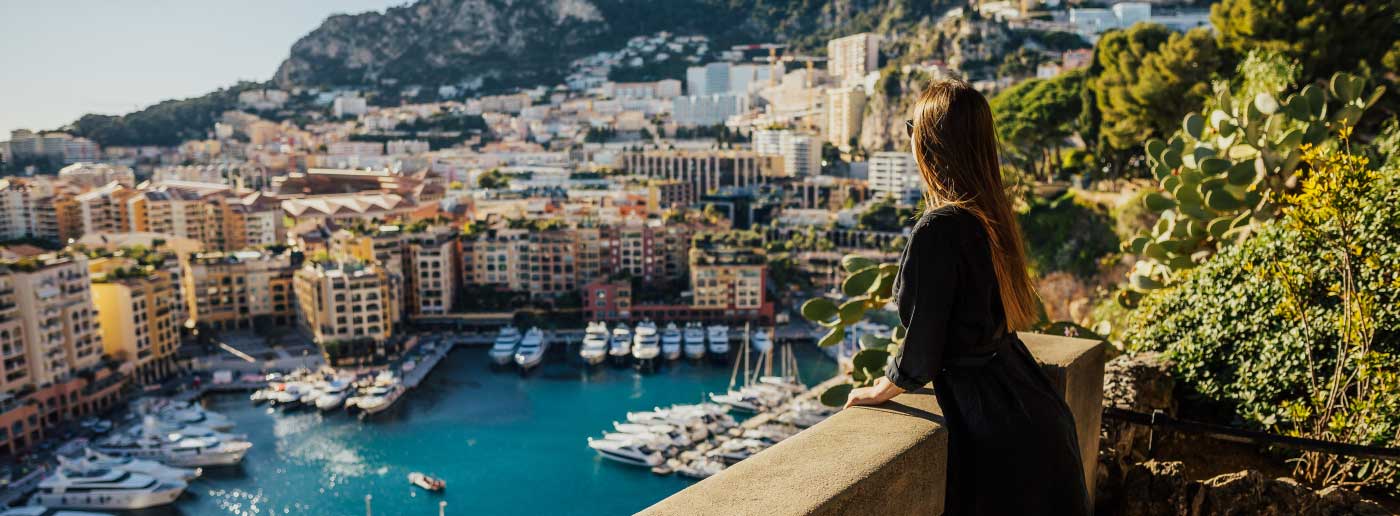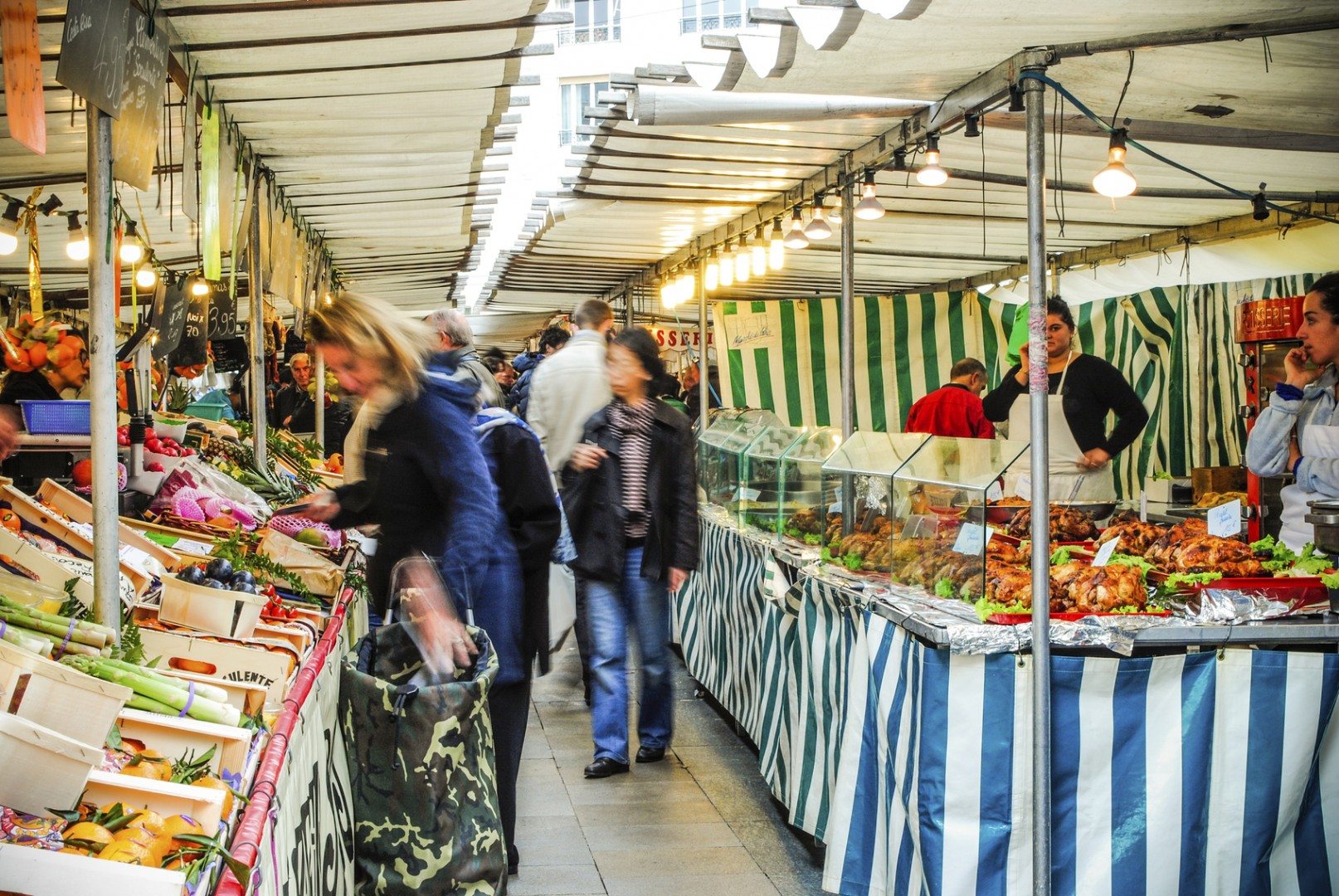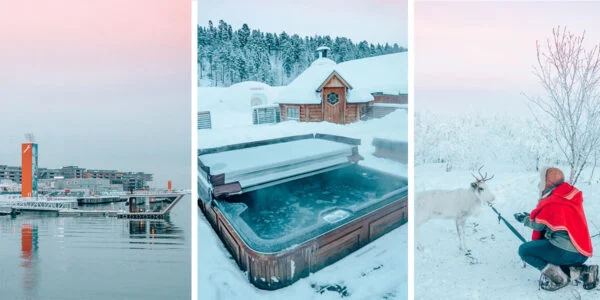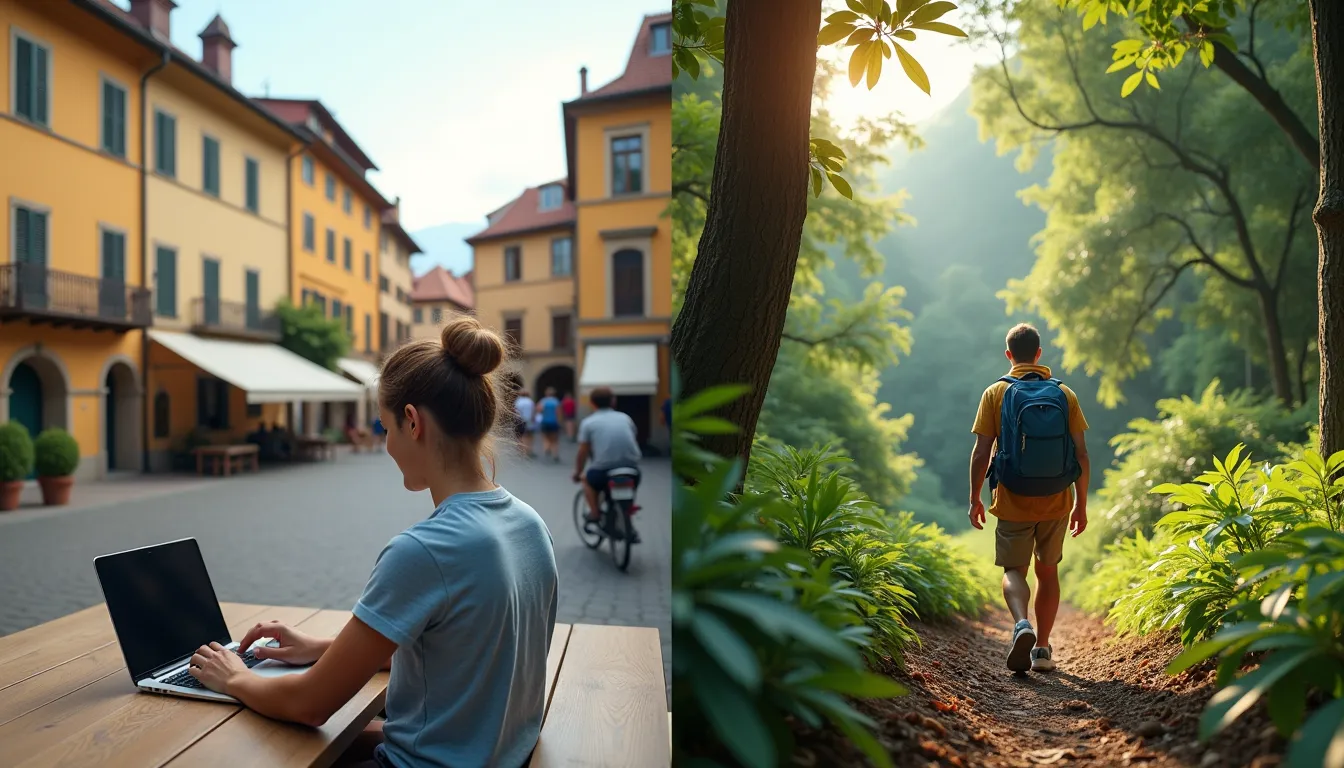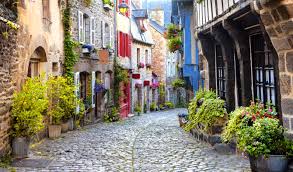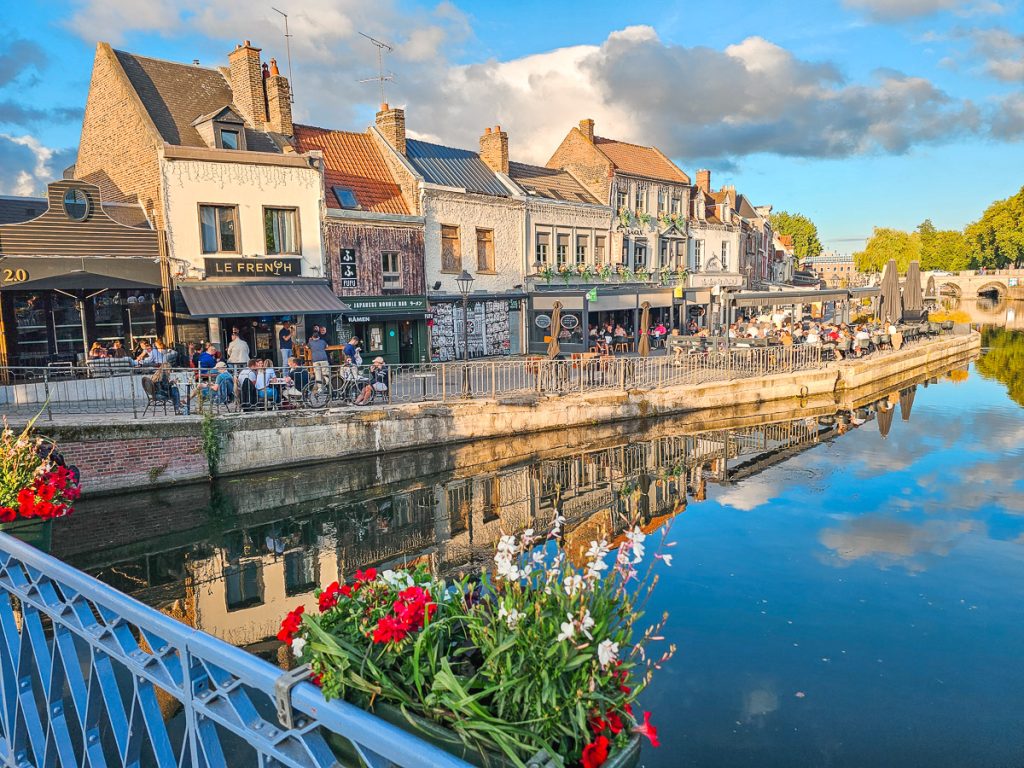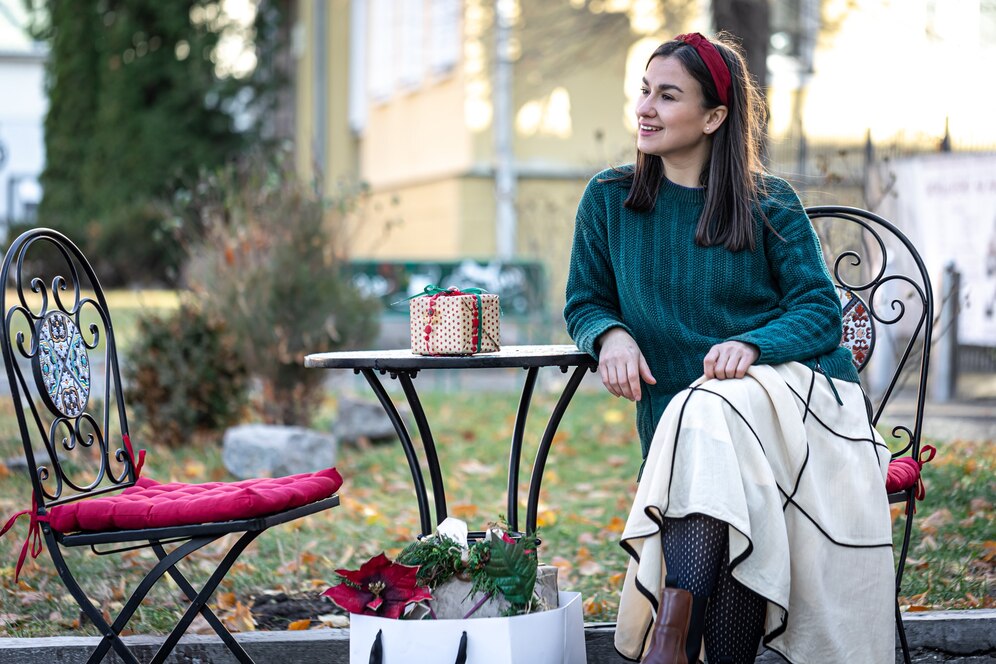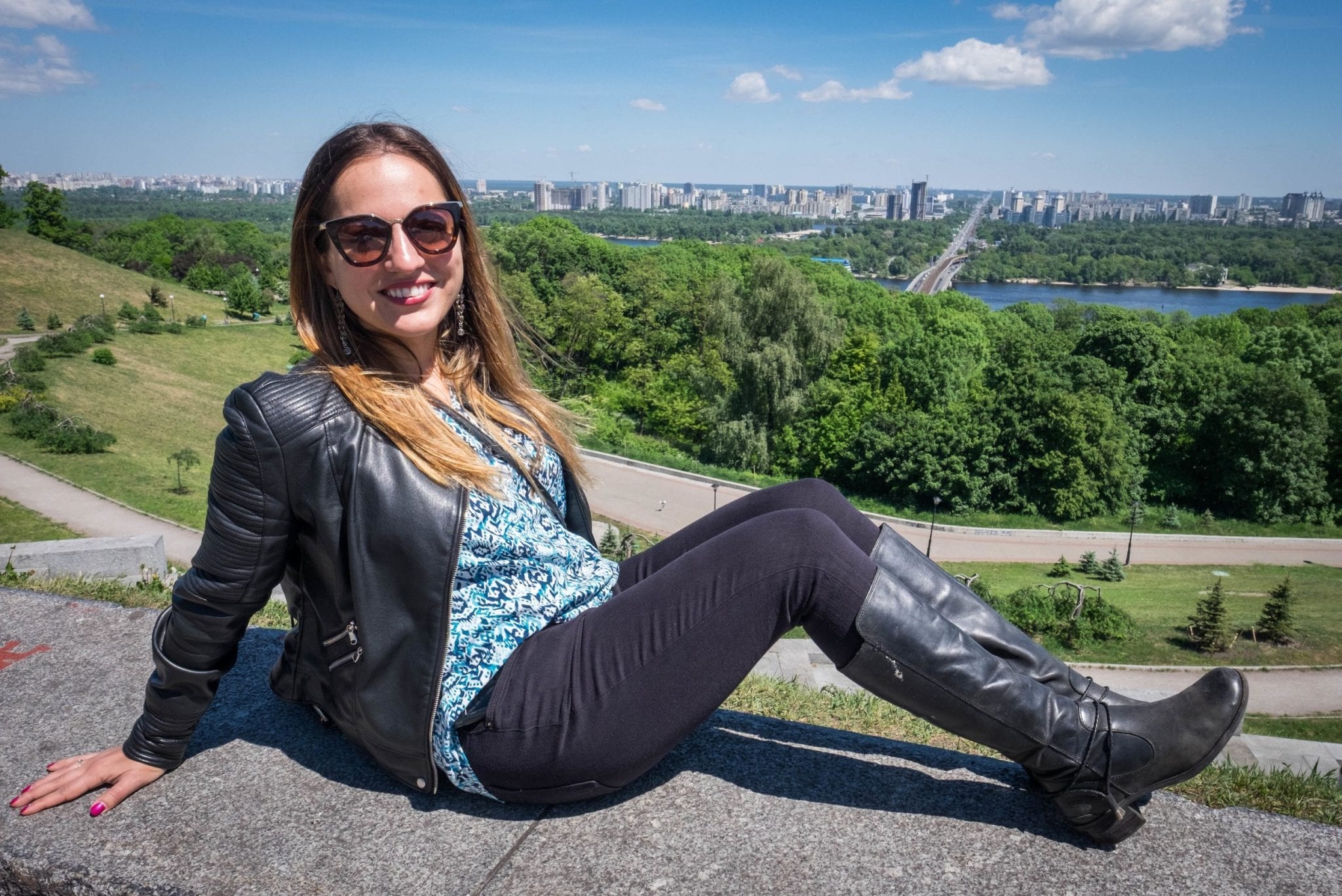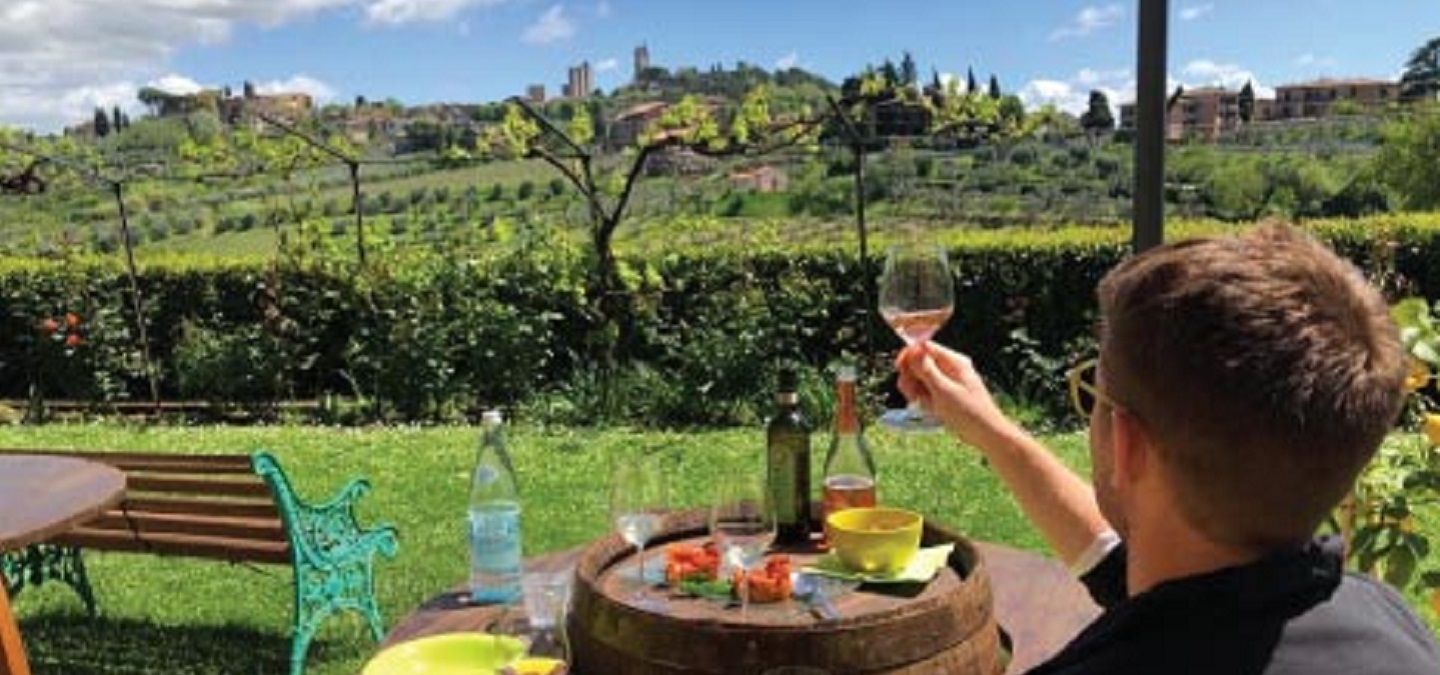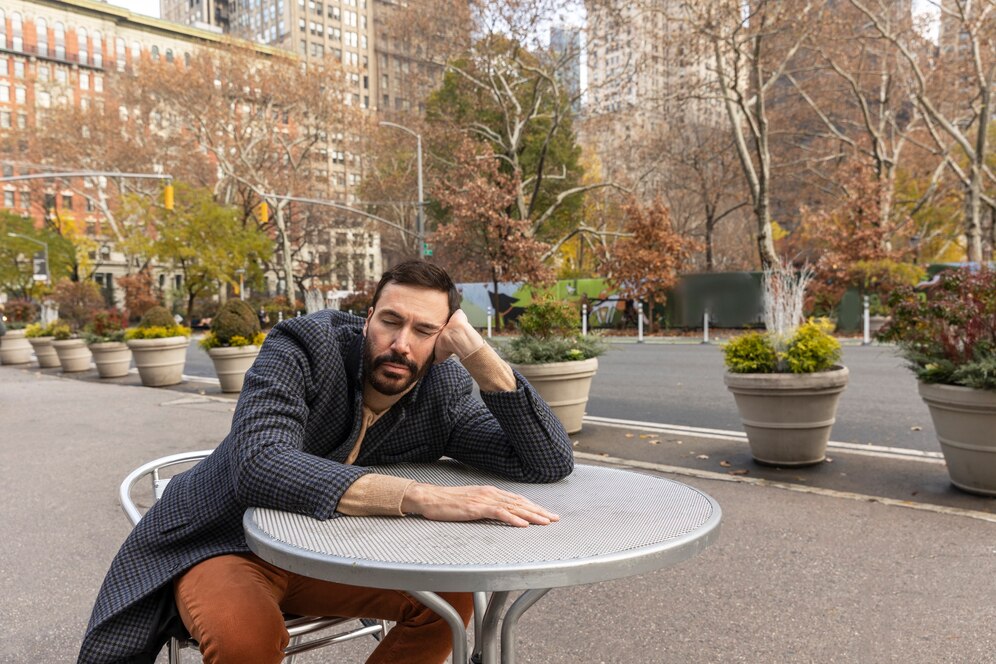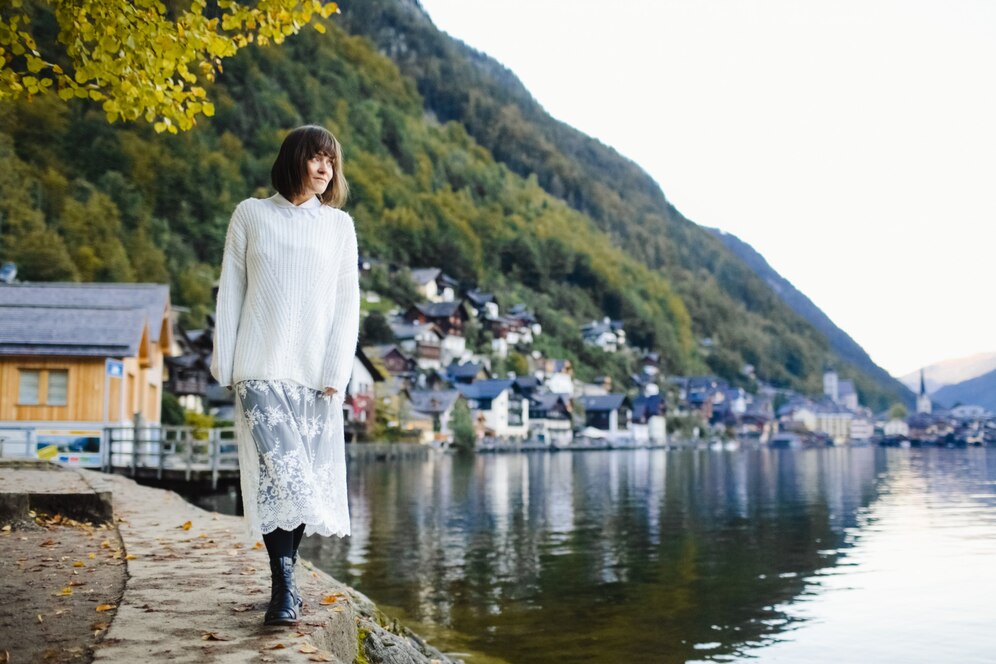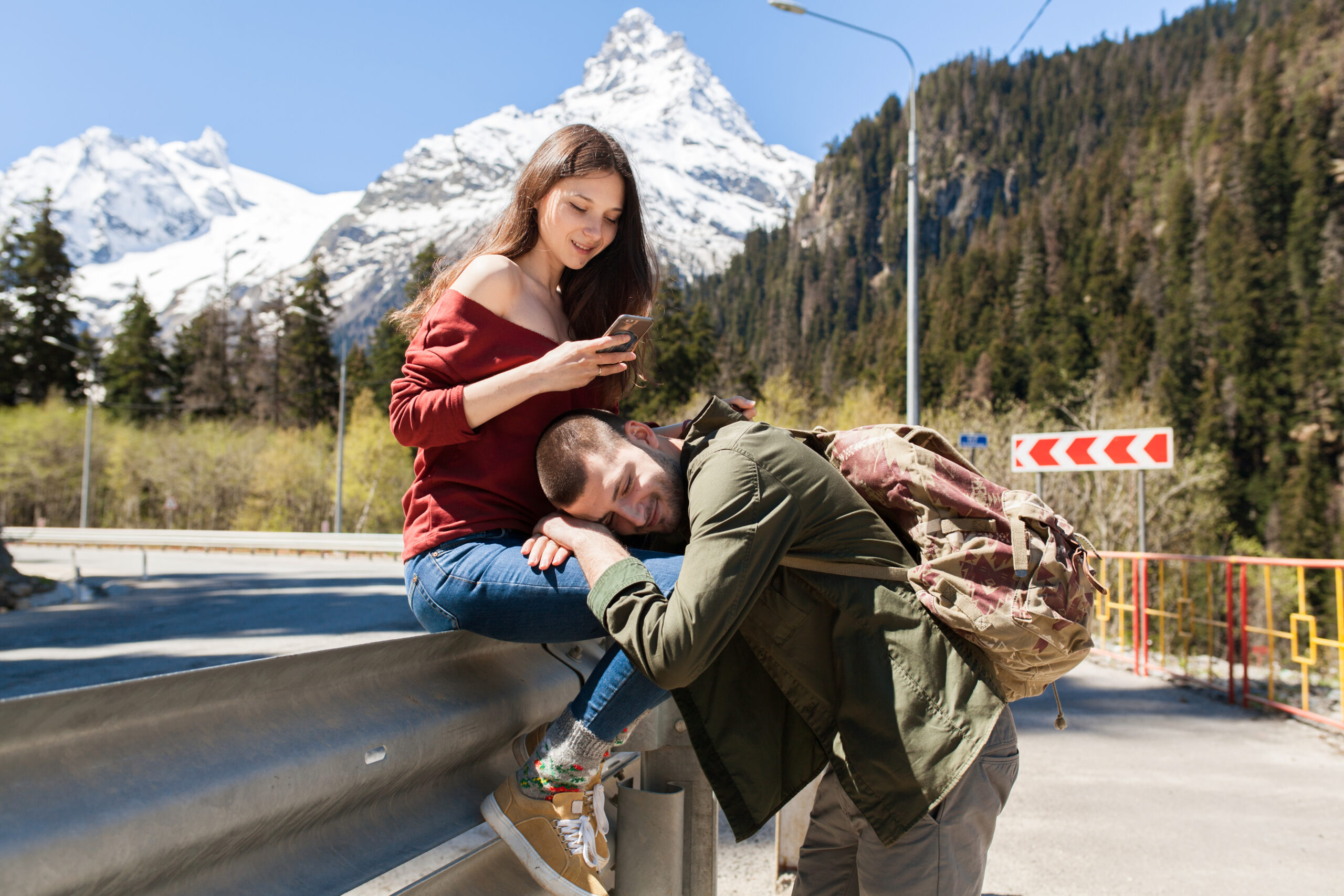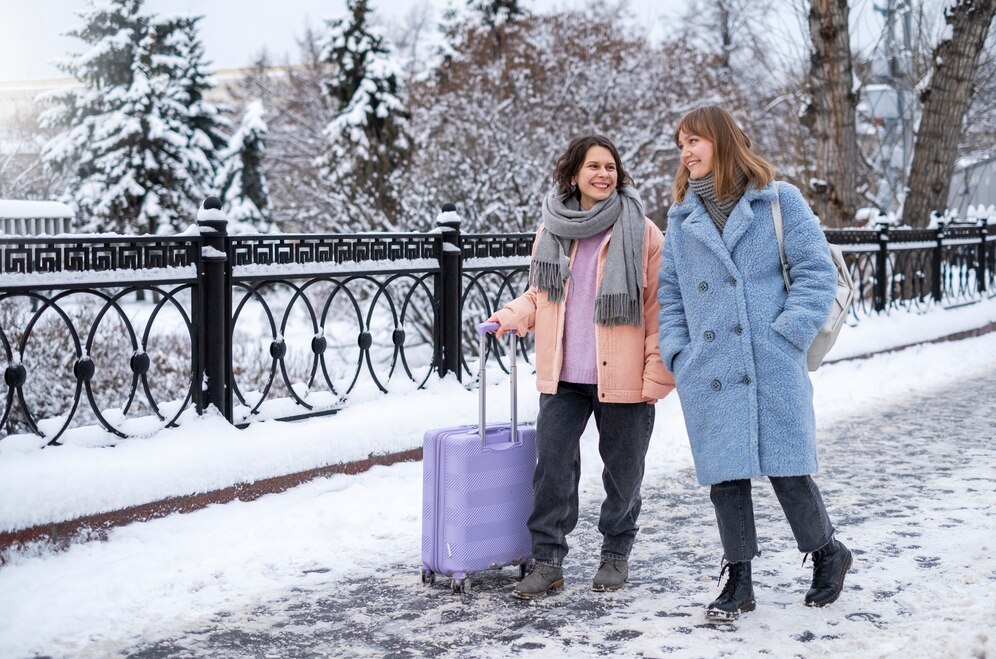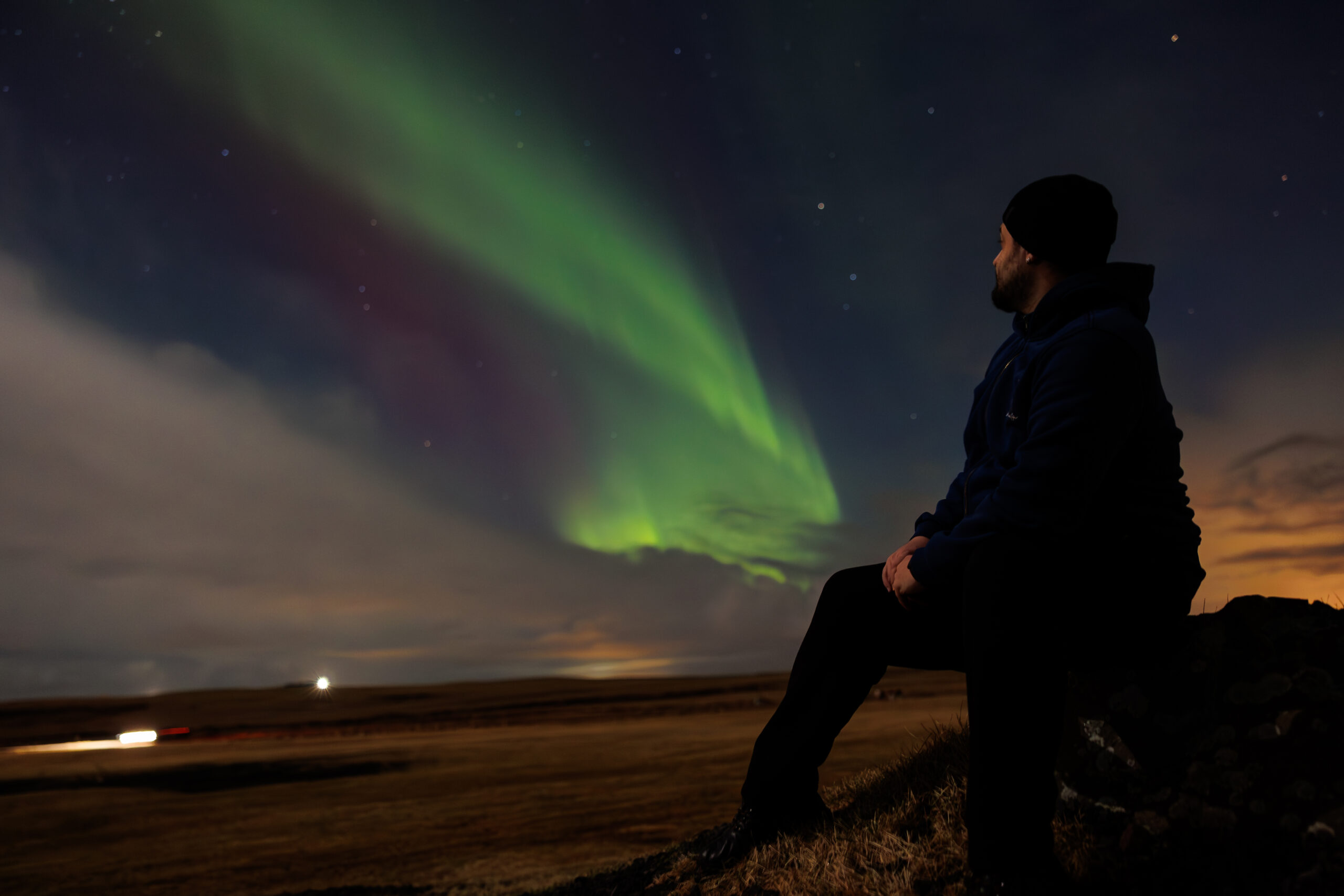
Embarking on a solo Eurotrip is an unforgettable experience. It’s a chance to explore new cultures at your own pace, meet people from around the world, and learn a ton about yourself along the way. But when you look at the map, the possibilities can feel a bit overwhelming—especially if you’re trying to travel long-term and on a budget.
Here’s a practical guide to planning your solo Europe adventure affordably and meaningfully.
1. Define Your Trip’s Focus and Budget
Start by figuring out what you want most out of this trip. Are you craving medieval towns and cobbled streets? Do you dream of hiking in national parks? Obsessed with art, or just want to eat your way through the continent?
Your interests will shape your route. If you’re into history and hiking (like me!), consider spending more time in places like Krakow, Zakopane, Romania’s Transylvania region, and Bulgaria’s Rila Mountains.
Once you know your priorities, establish your budget. Consider daily spending for:
-
Accommodation
-
Transportation
-
Food
-
Tours/activities
-
Emergencies
💡 Tools like BudgetYourTrip.com or Numbeo can help you estimate daily costs by country.
2. Choose Your Destinations Wisely
Don’t fall into the trap of trying to see it all. Slower travel saves money and deepens the experience. Right now, my plan includes about:
-
4 nights in Estonia (Tallinn),
-
3 nights in Riga (Latvia),
-
3 nights in Vilnius (Lithuania),
-
and 7 nights in Poland (with time in Krakow and the Tatra Mountains).
If you’re debating between cities, think about which ones offer the best combo of culture, value, and personal interest. In Poland, for example, I’ve decided to skip Warsaw in favor of more time in Krakow and nearby nature spots like Zakopane—it’s got amazing hiking and alpine views!
3. Plan Transportation Strategically
Train and bus travel is the budget traveler’s best friend. Book intercity trains and buses early for the best rates—especially in countries like Germany, Austria, or Switzerland.
If you’re heading through Eastern Europe and the Balkans, buses are usually cheaper and more direct. Sites like FlixBus, Rome2Rio, or Omio help you compare options.
💡 I’ll be using mostly trains and buses, plus a couple of car rentals in Slovenia and Slovakia to reach nature areas.
Budget airlines like Ryanair and WizzAir can be useful too—just watch baggage fees and airport locations.
4. Book Budget-Friendly Accommodation That Works for You
Europe has so many great accommodation options, from cozy hostels to charming guesthouses and Airbnbs.
Hostels are ideal for solo travelers because of:
-
Budget prices
-
Social vibes
-
Organized events or tours
If you need to work remotely (like I do), look for places with reliable Wi-Fi and quiet workspaces. A mix of hostel dorms, private rooms, and occasional Airbnbs is a great balance of affordability and comfort.
💡 Use Booking.com, Hostelworld, or trusted local sites. Always check recent reviews for safety and cleanliness.
5. Embrace Solo Activities and Local Experiences
This is the fun part—do whatever you want, whenever you want. Take yourself on walking tours, try a local cooking class, explore art galleries, or hike to viewpoints.
Some of my favorite budget-friendly solo activities:
-
Free walking tours (just tip your guide!)
-
Local markets and street food
-
Nature trails and national parks
-
Historical day trips (like Auschwitz or Bran Castle in Romania)
In smaller cities and towns, locals are often happy to share tips, and fellow travelers are surprisingly easy to connect with—especially in hostels, cafés, and on group day tours.
6. Stay Safe and Connected
Even though Europe is relatively safe, especially for solo travelers, it’s still smart to stay aware:
-
Know the common scams in each place (pickpockets, fake taxis, etc.)
-
Keep copies of your documents
-
Avoid flashing valuables
Also, get a local SIM card or international data plan so you can use Google Maps, translation tools, and emergency contacts on the go. Apps like Wise, Google Translate, Rome2Rio, and Splitwise can make life way easier.
7. Stay Flexible and Let the Magic Happen
The best moments on my trip so far have come from spur-of-the-moment detours—like staying longer in Krakow to explore the salt mines, or cutting Warsaw to spend more time in the mountains.
You don’t have to plan every hour. Give yourself room to explore, to rest, and to say “yes” to the unexpected.
Final Thoughts
Solo travel through Europe doesn’t have to break the bank. With thoughtful planning, an adventurous spirit, and a willingness to go off the beaten path, you can create an unforgettable experience. Whether you’re wandering through cobbled old towns, hiking forested trails, or sharing a beer with a stranger-turned-friend, this is your time to make the continent your own.
Coming up for me: after Estonia, Latvia, and Lithuania, I’m heading south through Poland, Slovakia, Austria, Slovenia, Hungary, Romania, and Bulgaria—then finishing in Greece by the end of October. If you’re planning a similar route, let’s swap tips!

